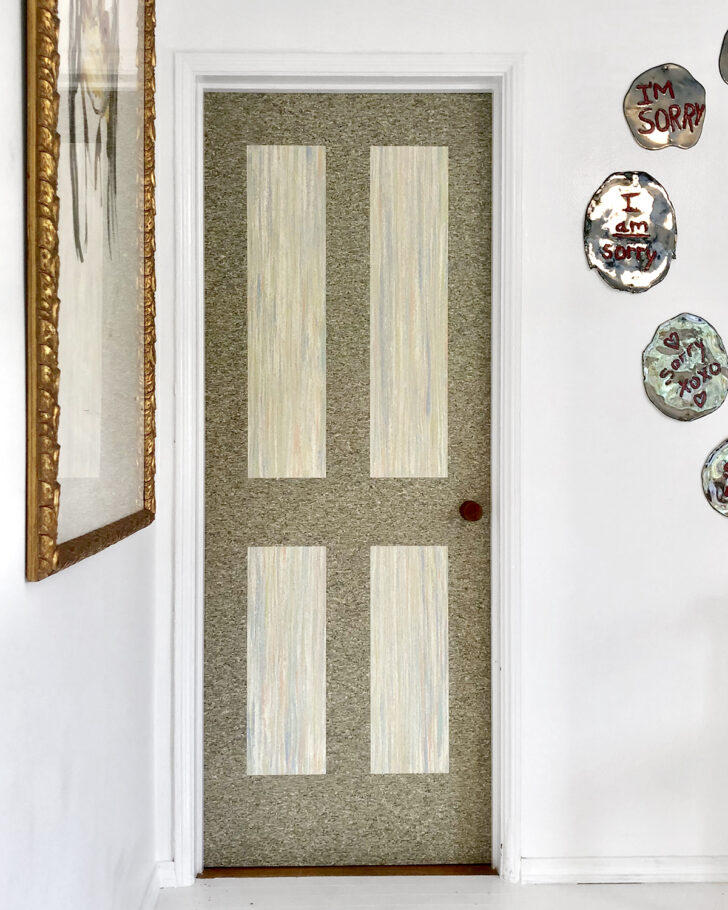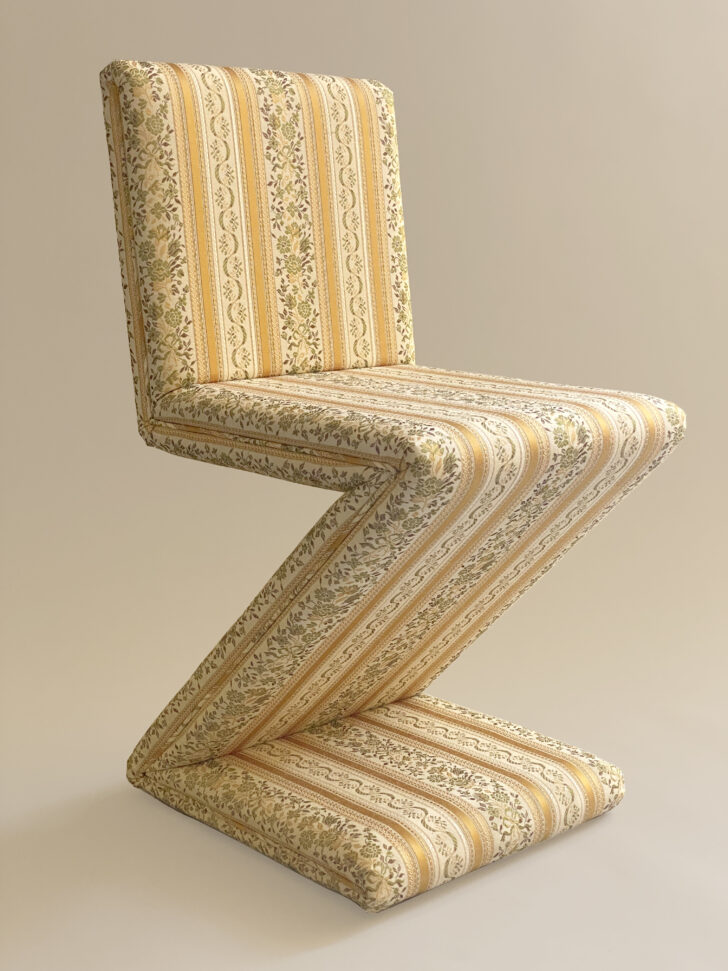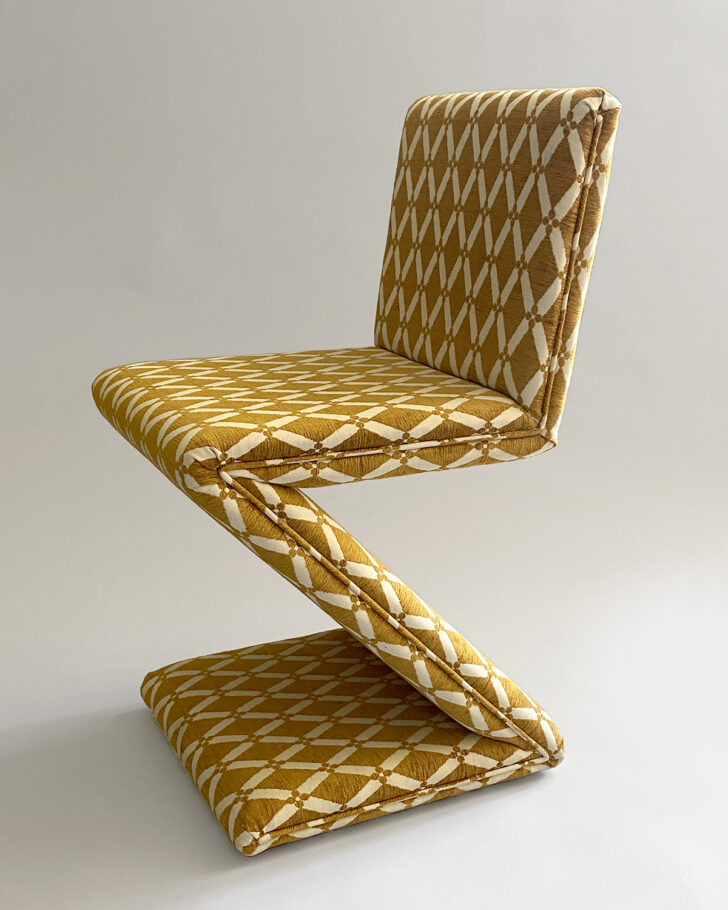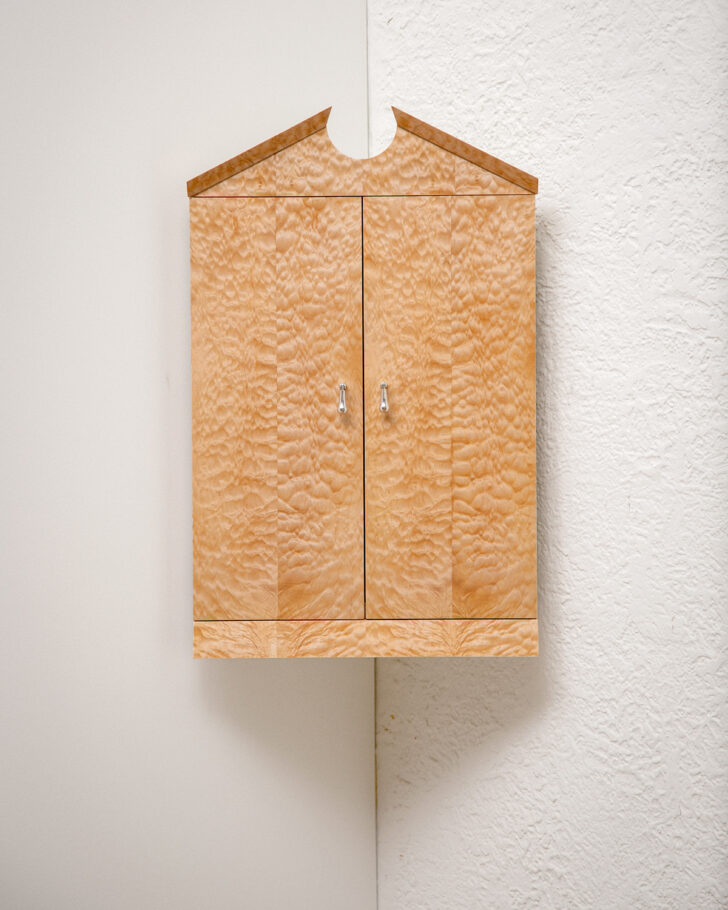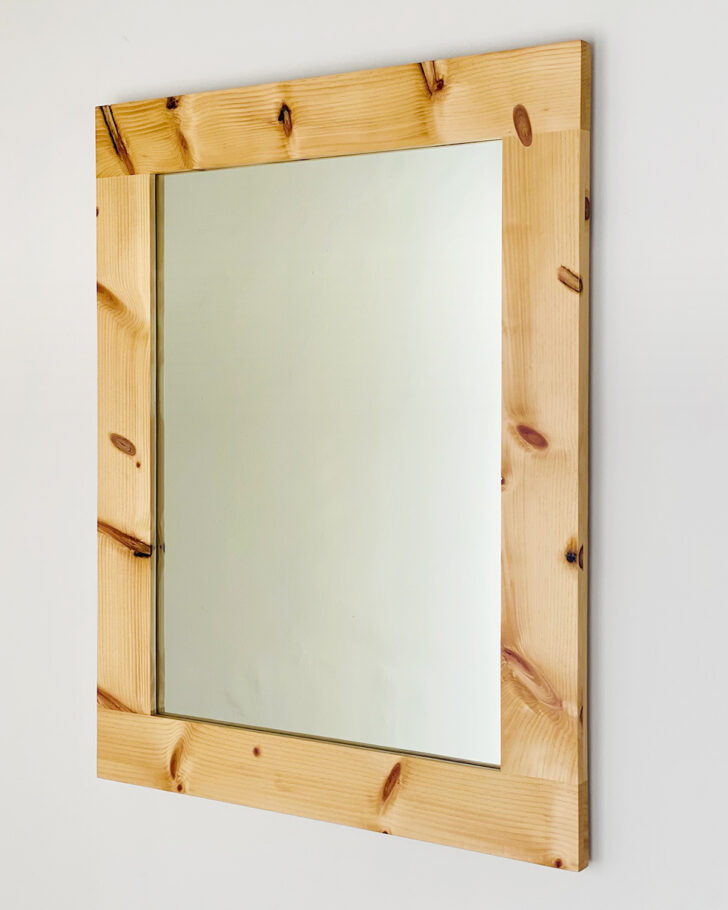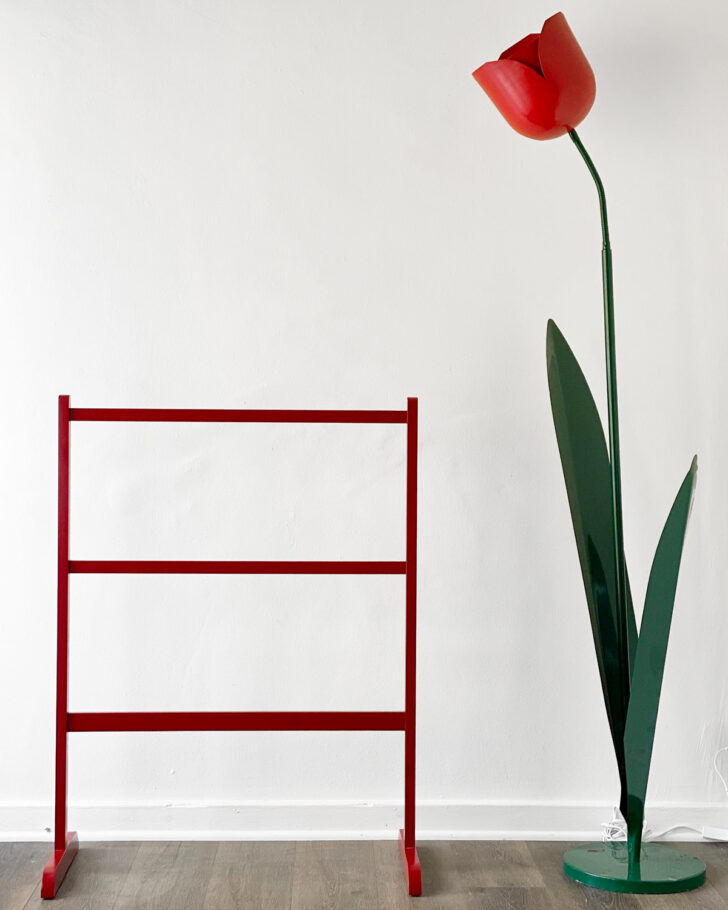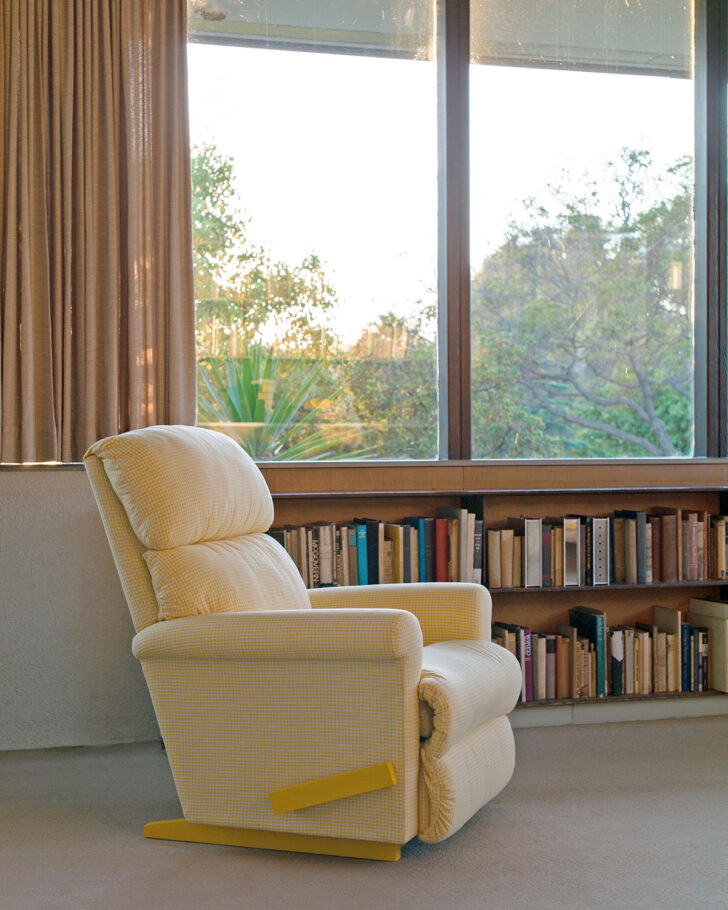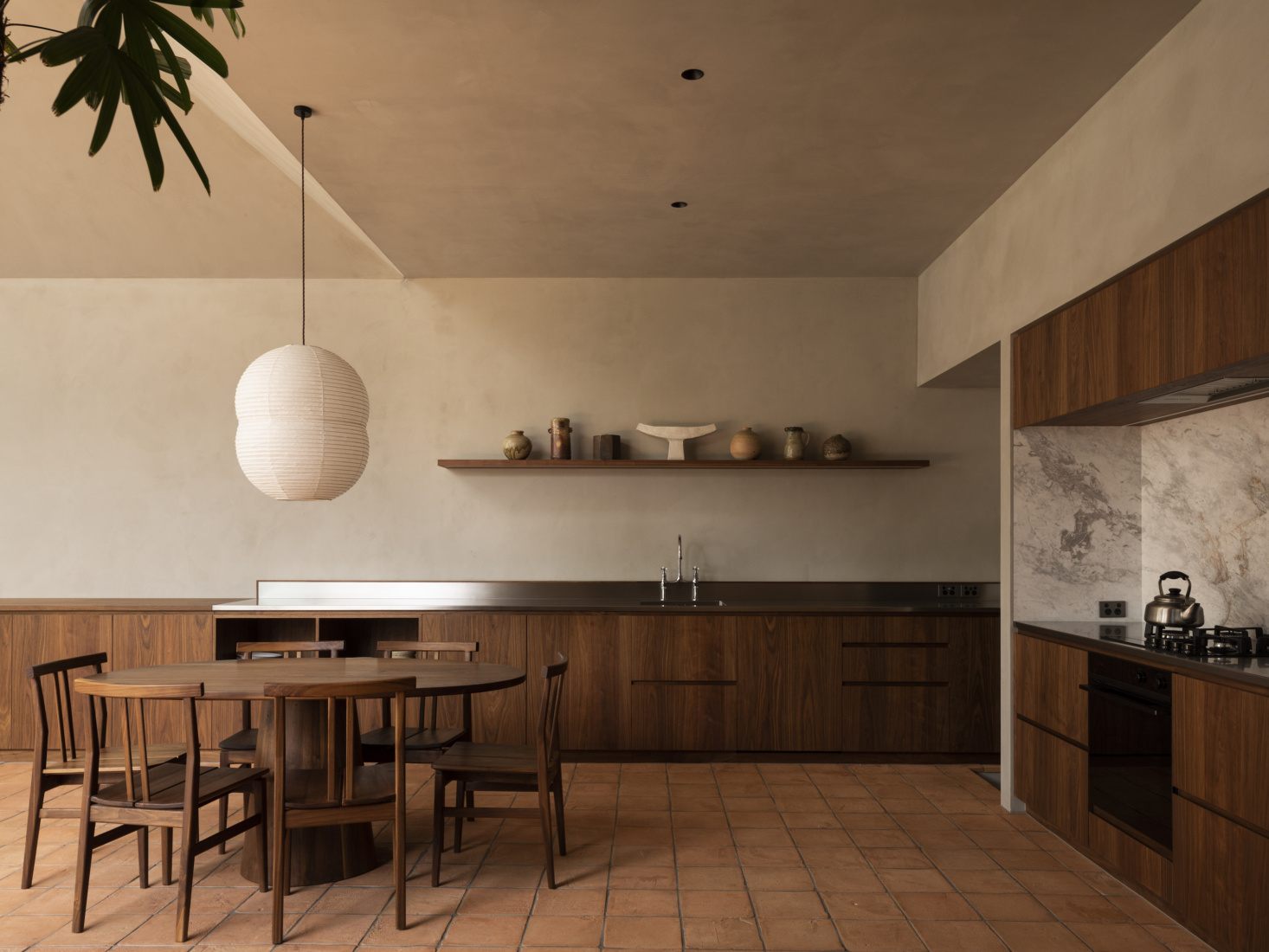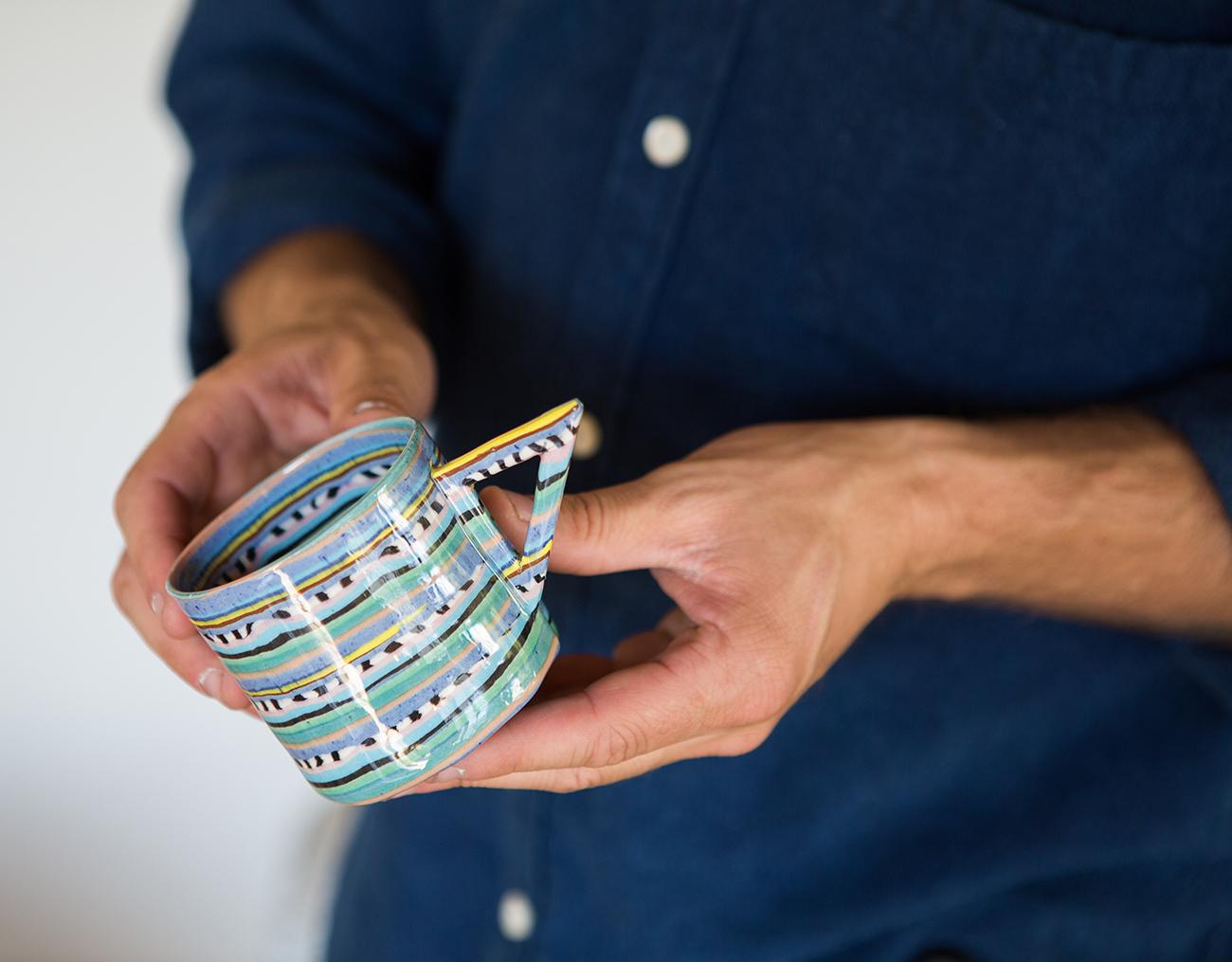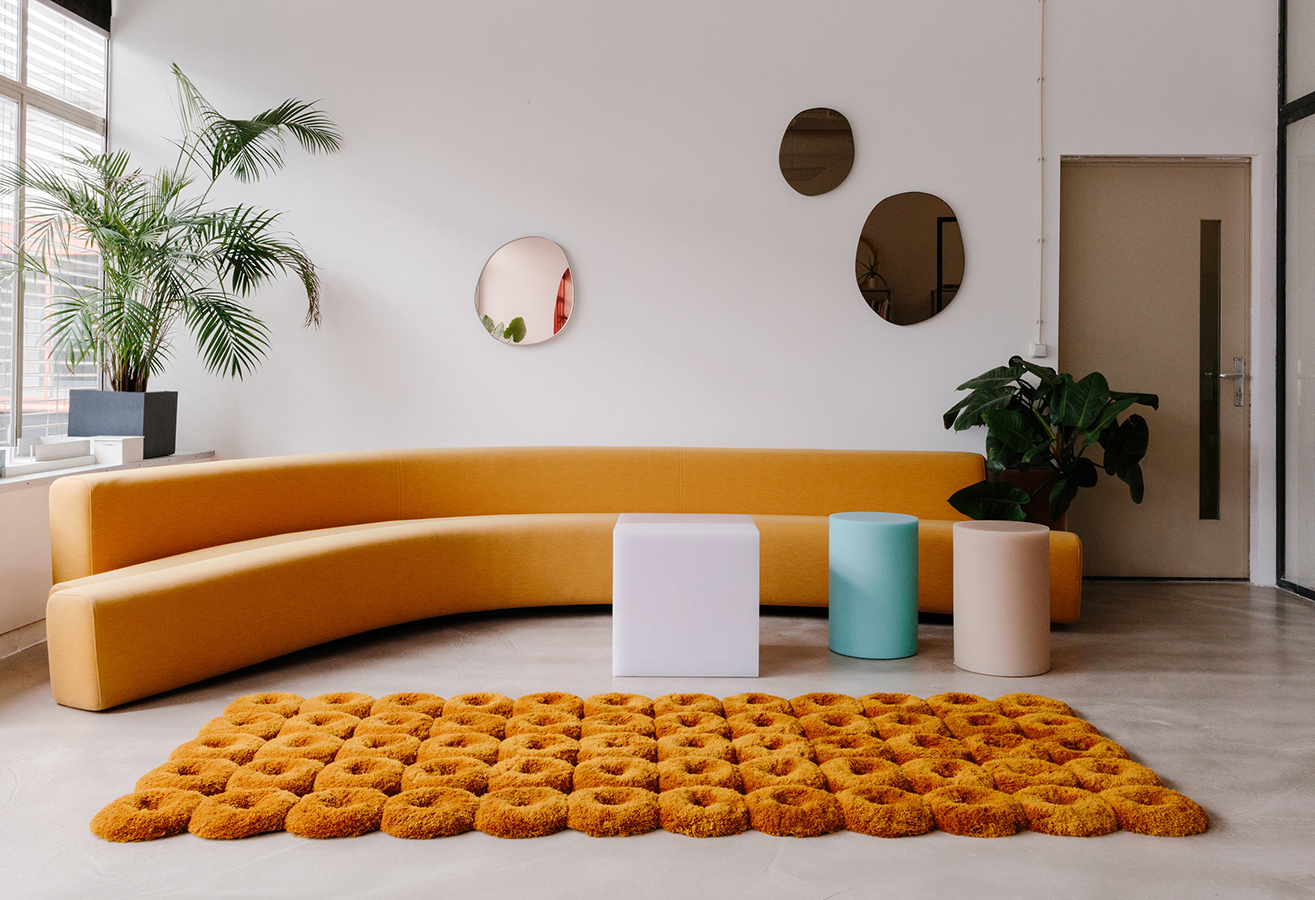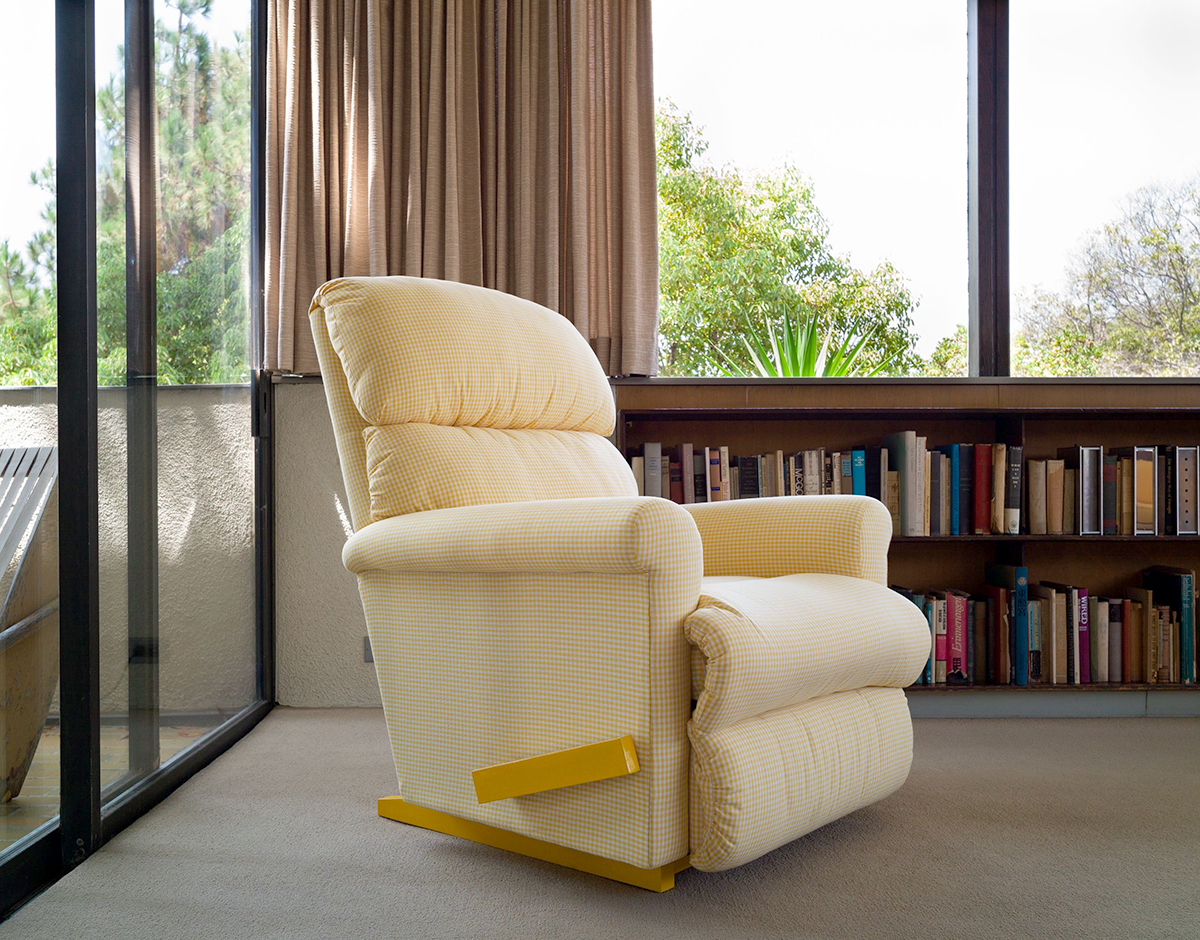
American Design Hot List 2022
L.A. Door
Los Angeles, ladoor.com
The experimental furniture lab of Katie Payne and Doug McCollough, L.A. Door started in 2019 as a studio making actual doors: laminate and plywood versions with custom wood or resin handles and a vaguely postmodern vibe. The duo’s next release, a hilariously hip take on a La-Z-Boy recliner, got people paying attention, but the project’s longevity, and its continued release of weirdly beautiful send-ups — like a trompe l’oeil pinewood mirror and a sanctioned redux of Garry Knox Bennett’s Great Granny Rietveld chair — have given it real impact in the L.A. design scene.
What is American design to you, and what excites you about it?
Every American designer has their own ‘America’ — often more than one — to draw from. We’ve come to appreciate how values regarding design often reflect class and geography in the US. La-Z-Boy recliners inspired our L.A. Lazy lounge chair and are a perfect example. Over the last 96 years, La-Z-Boy recliners have become ubiquitous in America because they’re comfortable and durable. Last year, La-Z-Boy, a Flint, Michigan-based company, achieved $2.4B in sales. Bob Villa recently rated La-Z-Boy as the #1 choice in his Top 11 American-Made Furniture Brands of 2023. So a very large number, perhaps even a majority of Americans, value La-Z-Boy furniture as an important home fixture — a tool of rest and recovery for everyday life.
However, within more elite design circles, the La-Z-Boy is ignored or dismissed. The brand (and its competitors) have brought in individuals like Todd Oldham to attempt redesigns in order to appeal to so-called elevated tastes, but they always fail. The design and its values seem to be inherently inelegant and unsophisticated, at least superficially. Instead of resisting its corpulent form, our L.A. Lazy recliner celebrates it without irony. With it, we’re taking a Midwestern mass-produced product (not to mention a fraught icon) and making it bespoke in Los Angeles — not in order to elevate it, but to appreciate it and open a discussion about American life.
What are your plans and highlights for the upcoming year?
Making money, paying our taxes, and driving our work van in Los Angeles traffic; continuing to design and make in the way that we do; and exploring more faux bois techniques with our collaborator and friend, the painter Daniel Payavis. We’re also working towards an upcoming 2024 show with Marta Gallery.
We’re looking forward to returning to Brown Bag Lady’s Stones Throw summer camp for foster youth. Last year, we taught a woodworking project to forty children, ages five to fourteen. Every child was given the supplies, tools, and wood pieces necessary to construct a small step stool. Drills, drivers, clamping, and sanding techniques were all included in the project. Helping a five-year old use a power tool again is at the top of our plan and highlight list.
What inspires or informs your work in general?
We’ll always draw inspiration from thrift stores, especially when visiting new places. Katie has a nice little book collection on 18th- and 19th-century American furniture and decorative art. We think about Garry Knox-Bennett a lot. And of course our friends and family.